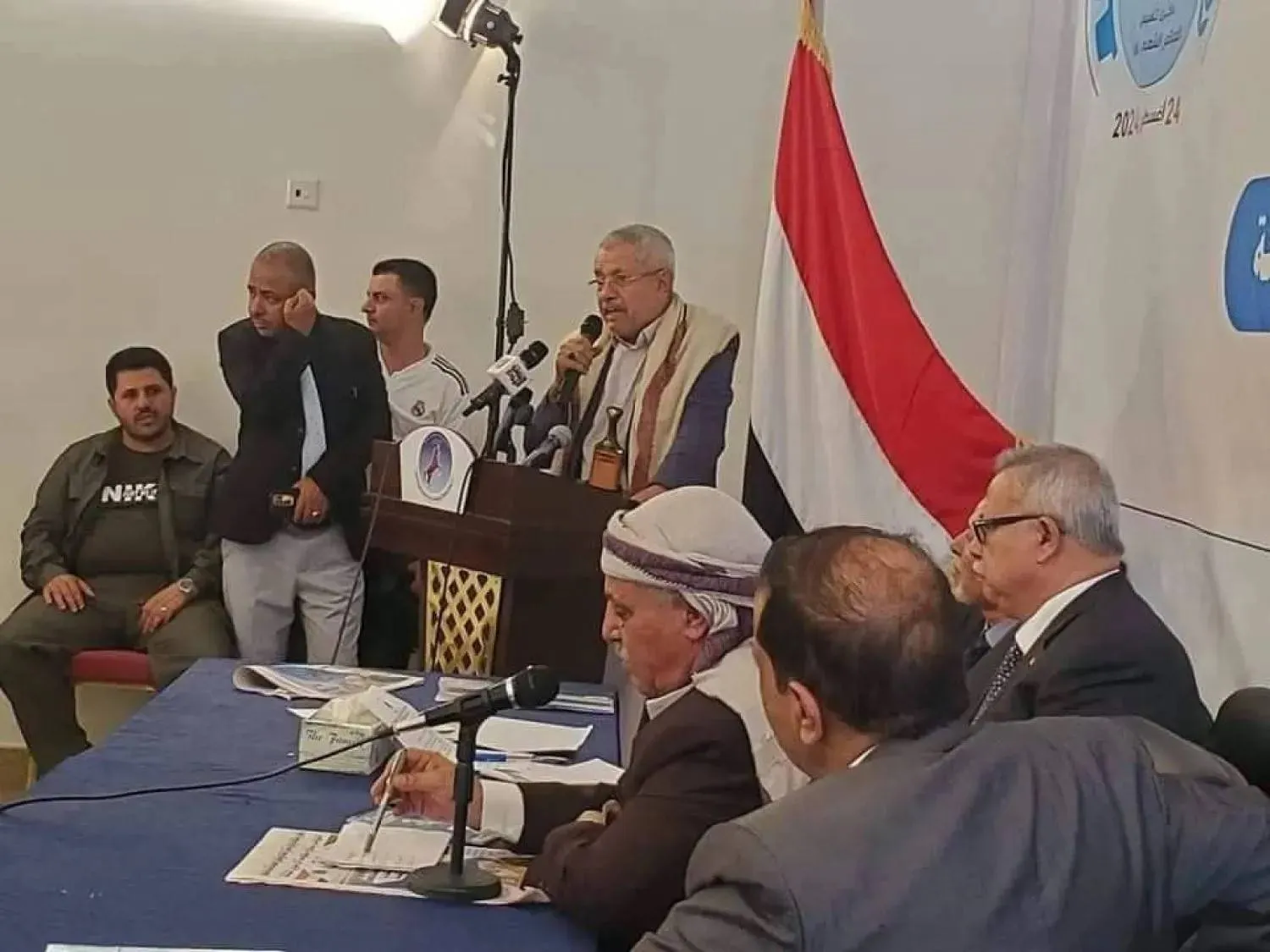Israel has effectively turned the “yellow line” marked on the Gaza withdrawal map, part of a phased pullback agreed under the October ceasefire, into a de facto firing line, where approaching civilians are routinely shot, according to Palestinian officials, underscoring a widening pattern of Israeli violations of the truce.
Gaza’s health ministry and other local authorities report almost daily at least one fatal shooting near the line, whether in the north or south of the enclave, with fewer incidents in central Gaza. The highest number of cases has been recorded in the south.
Over the past 24 hours, from Thursday afternoon to Friday, four Palestinians, including a woman, were killed in the town of Bani Suheila, east of Khan Younis in southern Gaza, after repeated attacks on people trying to reach their homes. Most of the town lies at least 200 meters from the yellow line defined under the ceasefire.
Medical teams, civil defense crews and even international organizations were unable to retrieve the bodies, which remained on the ground, similar to cases reported previously.
Field sources told Asharq Al-Awsat that Israeli forces first shot and killed a woman. When a young man tried to recover her body, he was also killed. Two others were then shot dead while attempting to reach the bodies.
The sources said the number of casualties is rising due to ongoing violations around the yellow line, which Israeli forces have deliberately advanced further into Gaza.
This has caused confusion among residents trying to access what remains of their homes, areas they had previously reached safely before the line was moved deeper into the enclave.
Israel has effectively turned the yellow line into a “death trap,” the sources said, adding that most of those killed there were shot from a distance of at least 200 meters.
Nearly 400 Palestinians have been killed since the ceasefire came into force on Oct. 10 as a result of Israeli violations.
At least 220 were killed in airstrikes carried out during several major military escalations that included targeted killings of armed Palestinian faction members in homes, vehicles or gatherings.
Israel said those attacks were in response to Palestinian violations of the ceasefire, including shooting incidents in Rafah and elsewhere.
Most of the remaining deaths, about 150, resulted from gunfire and drone strikes or artillery shelling targeting Palestinians who approached the yellow line. Others were killed by unexploded ordnance or from complications related to earlier injuries.
Israel continues daily violations of the ceasefire through airstrikes, demolitions and live fire on both sides of the yellow line.
An Israeli security official told the Hebrew-language newspaper Israel Hayom on Thursday that the yellow line is now considered the new border and that Israel will not withdraw from it unless Hamas is disarmed.
The official said Israeli forces are preparing to remain there for an open period, allowing them to control roughly half of Gaza’s territory and impose new security arrangements. He added that any withdrawal would depend on political decisions determining the next phase.
A meeting is due to be held on Friday in Miami between the US president’s Middle East envoy, Steve Witkoff, and officials from Egypt, Qatar and Türkiye to discuss Gaza, including ceasefire violations and the second phase of the truce.
Hamas hopes the talks will lead to an end to the violations. Senior Hamas official Bassem Naim told AFP that Palestinians expect the participants to agree on stopping what he described as ongoing Israeli rampages, halting all violations and obliging Israel to adhere to the Sharm el-Sheikh agreement.
Hamas sources in Gaza told Asharq Al-Awsat that the movement and other Palestinian factions are counting on mediators to persuade the United States to pressure Israel to halt violations, allow the entry of aid including tents and prefabricated housing, begin genuine reconstruction and fully comply with humanitarian commitments under the agreement.
The sources said restraining Israel must be more effective on the part of Washington and the guarantor mediators to allow progress toward the second phase of the deal, warning that continued Israeli backtracking on the first phase could derail the next stage.
Humanitarian conditions
On the humanitarian front, the World Health Organization said more than 1,000 patients in Gaza have died while waiting for evacuation since July 2024.
WHO Director-General Tedros Adhanom Ghebreyesus said on X that 1,092 patients died while awaiting medical evacuation between July 2024 and November 2025, adding that the actual number was likely higher.
Doctors Without Borders (MSF) reported high rates of respiratory infections among Gaza’s population due to harsh winter conditions and worsening living standards, as the humanitarian crisis continues.
The organization said hundreds of thousands of Palestinians remain in makeshift, deteriorating tents flooded by rainwater, heightening health risks, particularly for children and the elderly.
It urged Israeli authorities to immediately allow a significant increase in humanitarian aid deliveries to Gaza, warning of further deterioration in health and humanitarian conditions if restrictions on essential supplies persist.









